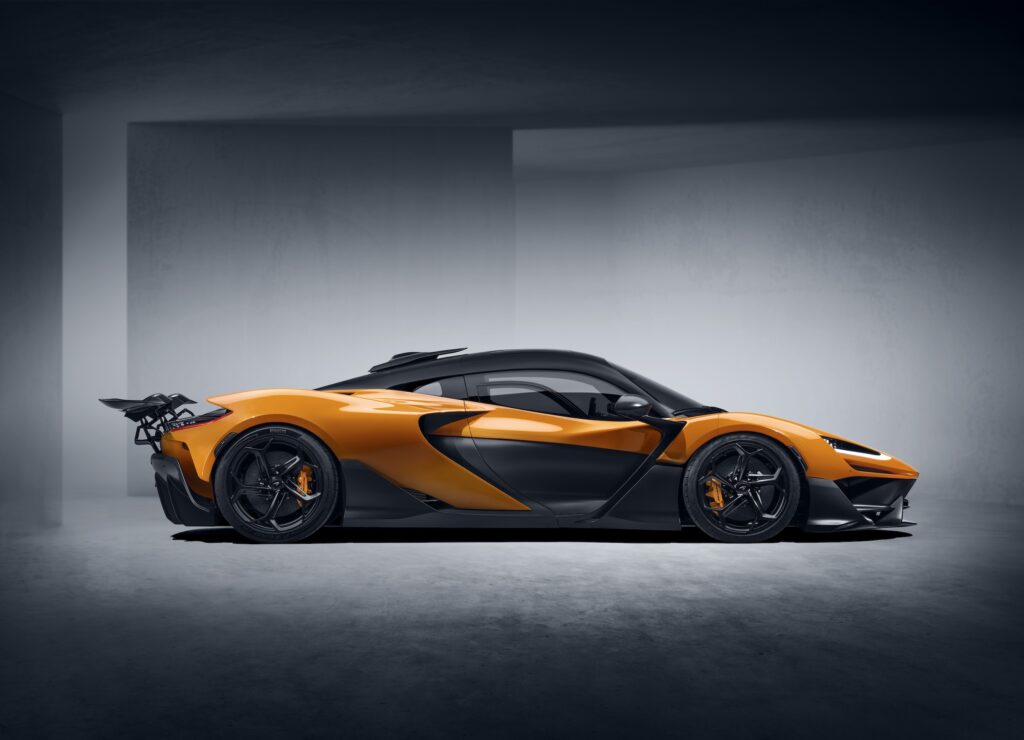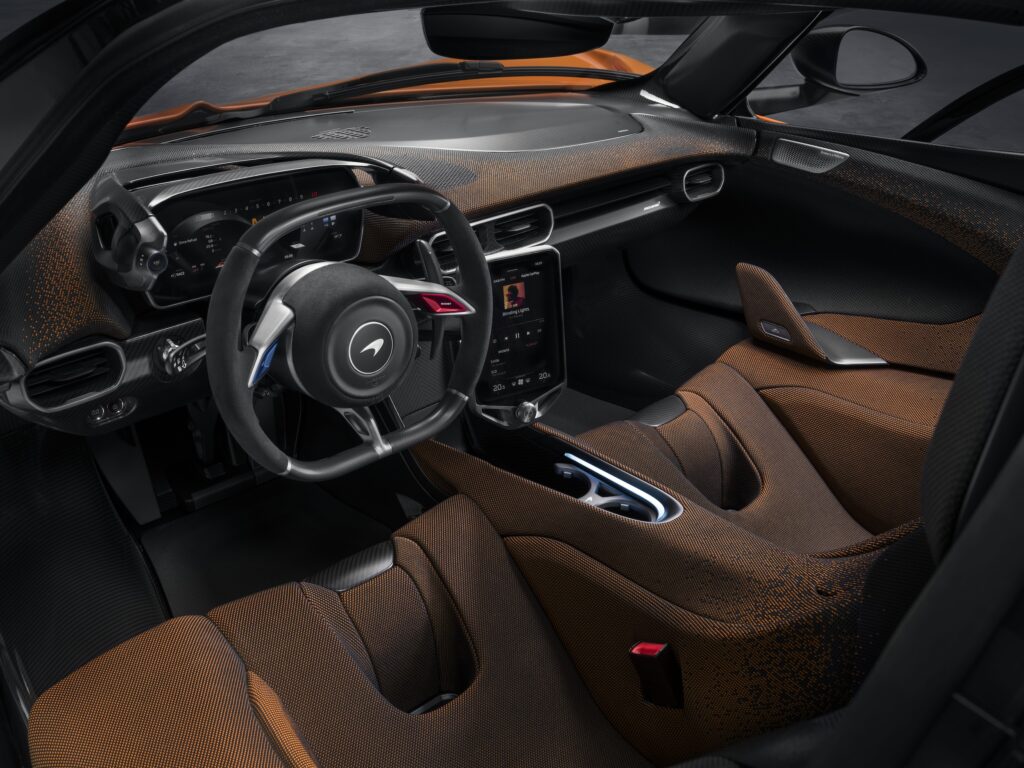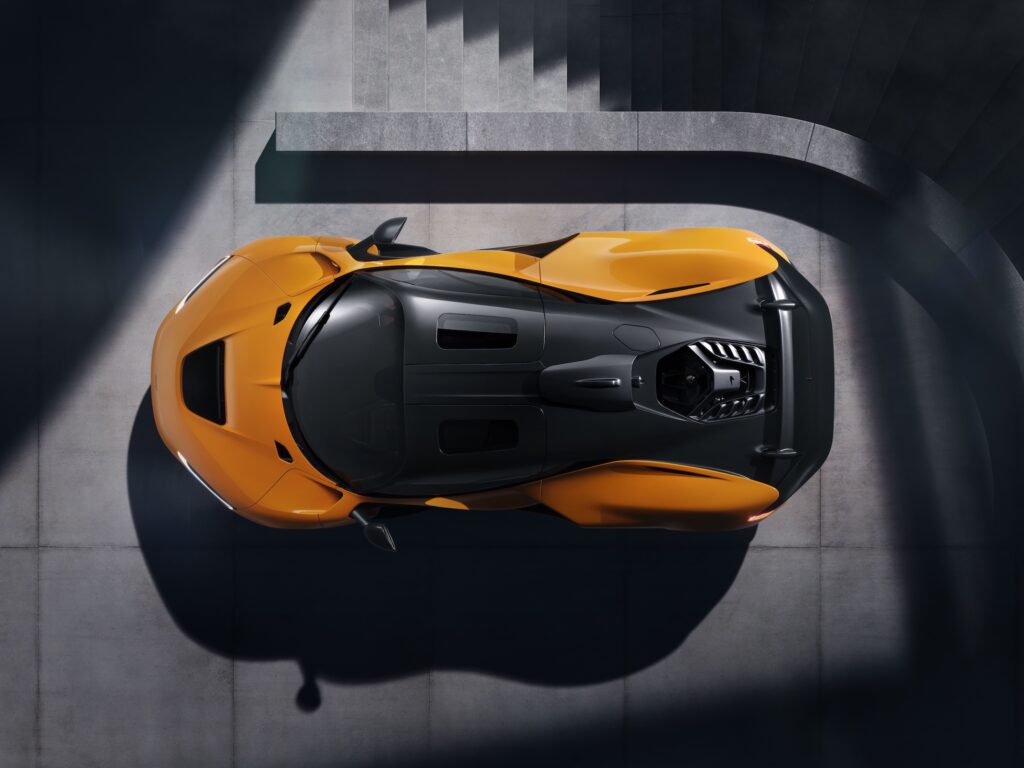Who needs a Ferrari, Lambo or Porsche! Radical $6 million ...
Shift aside Ferrari, Lamborghini and Porsche because McLaren has stepped up the supercar game with the W1.

And the McLaren W1 means a Formula One car is no longer the most powerful machine in the British brand’s stables.
Yep, the sleek carbon-fibre two-seater utilises an electric motor teamed with petrol propulsion to create the radical McLaren W1 that has more power than an F1 car.
READ MORE: McLaren takes hybrid approach to super EVsREAD MORE: McLaren Artura Spider: Electrification boosts excitement in Ferrari-baiting PHEVREAD ALSO: Can an electric Ferrari really be true to the brand’s heritage?
At the heart of the McLaren W1 is the latest iteration of the brand’s familiar 4.0-litre twin turbo V8.
But it’s the addition of an electric motor that steps the overall power output up to 938kW, or 1258 horsepower.
Active aerodynamics on the McLaren W1 can provide up to one tonne of downforce at 280km/h.That’s roughly double the output of a supercar, popping the W1 firmly into hypercar territory.
All that power runs through an eight-speed automatic transmission that uses the electric motor for reverse gear.

All 938kW and 1340Nm drives only the rear wheels, something likely to create traction issues at even regular road speeds.
That’s partly confirmed with the acceleration figures.
The McLaren W1 is claimed to take 2.7 seconds to reach 100km/h, which is slower than some EVs, including the Porsche Taycan that makes up to 815kW from its two electric motors.
Sure, that makes the W1 very quick off the line, but it’s not as quick as you’d expect from 938kW, with the traction control no doubt working overtime to stop frying the Pirelli P Zero tyres (265mm wide 19-inch units at the front and 335mm wide 20-inch tyres at the rear).
But once speed increases and the active aerodynamics come into play then traction is less of an issue.
The W1 can produce up to 1000kg of downforce at 280km/h and it’s at these sorts of silly speeds at which is the W1 really unleashes its hybrid fury.
The 0-200km/h dash takes just 5.8 seconds, meaning the journey from 100km/h to 200km/h takes just 3.1 seconds.

Acceleration from 0-300km/h is claimed to take less than 12.7 seconds and the top speed of the W1 is electronically limited to 350km/h.
The electric motor integrated into the transmission is a slimmer radial flux unit similar to that used by Ferrari for its hybrids. It can spin at up to 24,000rpm and is claimed to have similar specific power outputs to the e-motors used in current hybrid F1 cars.
The motor is powered by a 1.384kWh battery claimed to allow the car to travel two kilometres – yes, just 2km – on electric propulsion.
Curiously given the tiny capacity of the battery – it’s about the same size as that used in some Toyota hybrids – it can be recharged externally. McLaren says it takes about 22 minutes to get to 80 percent; expect more like half an hour for a full top-up.
Of course, part of the W1’s performance comes from the lack of kilos.

The dry weight – without fluids essential to the operation of the vehicle – is 1399kg, so expect something like 1.5 tonnes once it’s on the road.
The body – including so-called Anhedral doors that are hinged at the top and open upwards – is made of carbon fibre and there’s been an intense focus on minimising weight, something the addition of the hybrid system has allowed.
A carbon fibre body and “Anhedral” doors make the McLaren W1 a distinctive hypercar.That battery means McLaren could remove the starter motor, alternator and part of the ventilation system because the heating and ventilation/AC system (HVAC) is more compact and has been optimised for the hybrid system.
Unsurprisingly, none of this tech and engineering excellence comes cheap, with the McLaren W1 priced from about £2 million in the UK.
Convert it to Aussie dollars, throw in import duty, GST, luxury car tax and stamp duty and you’re unlikely to get much change from $6 million.
McLaren W1 pairs a V8 twin turbo engine with an electric motor to make more power than a Formula One car.All of which suggests the W1 will be a rarity on the roads.
As with recent hypercars and the two previous McLaren hypercars – the F1 and P1 – the McLaren W1 is expected to be built only in left-hand drive, limiting its Australian use to private roads and race tracks.
Not that something like the W1 was ever likely to be a daily driver.













































